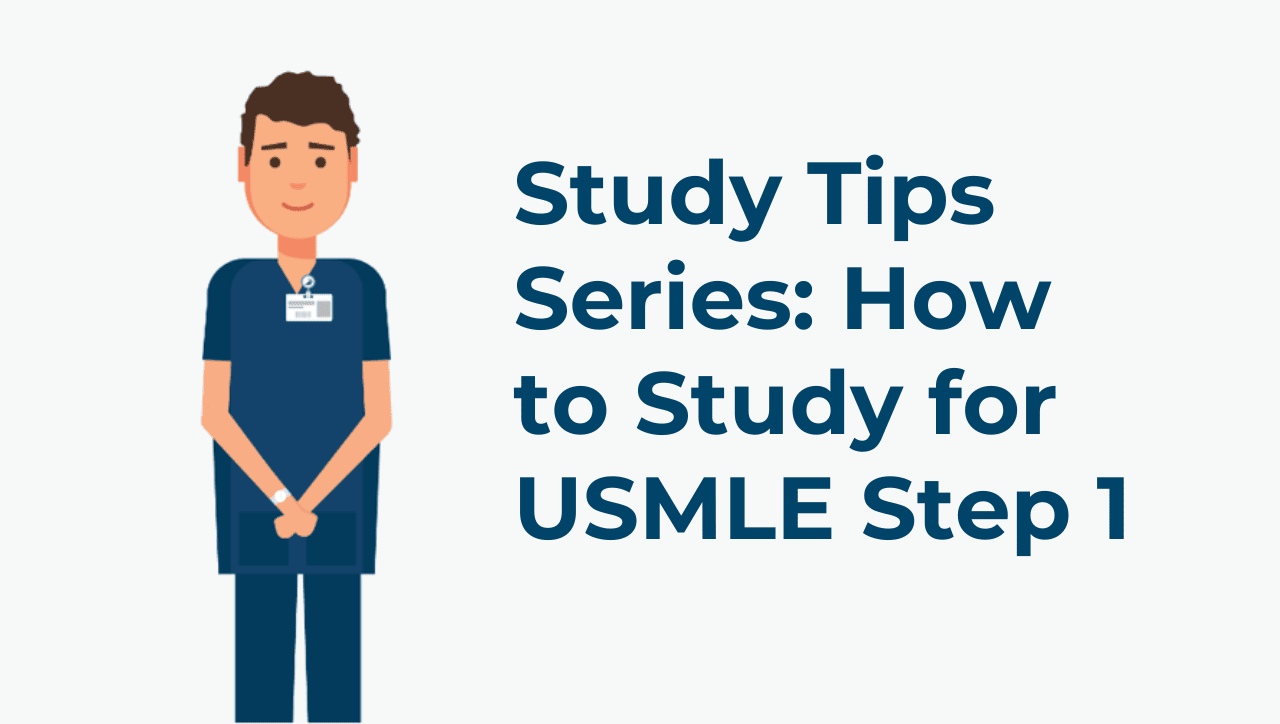Step 2 and NBME Test Taking Strategies For Success
There are 3 ways to answer questions correctly on the USMLE and shelf examinations:
- Knowing the concept 100%
- Guessing and getting lucky
- Using good test-taking skills to work toward the correct answer
While it would certainly be nice to know the concept for 100% of the questions, this is unrealistic; there will always be things that you forget or maybe never even studied. Likewise, hoping to guess correctly is far from a good strategy. So where does that leave you? With a need to build good Step 2 test-taking skills.
Good test-taking strategies will help you easily answer even the most difficult questions and can take you from an average score to something well above a 260.
How long should you study for Step 2?
Much like Rome, test-taking skills were not built in a day. That being said, the amount of time needed to build your test-taking skills and prepare for Step 2 is going to differ student-to-student based on a combination of existing knowledge and skills, efficiency during studying, and how well you learned the concepts throughout 3rd year.
With that in mind, you should consider the following when trying to decide how much time you will need:
- What is your baseline level of knowledge and test-taking strategies?
- Do you struggle with timing or anxiety during tests?
- How efficient are you at studying, especially working through a question bank (or banks)?
- What would you like to accomplish during your study period (e.g., how many banks do you want to complete, what additional resources do you want to go through)?
- What score do you need in order to be competitive for your desired residency?
- What time limitations do you have (e.g., away rotations)?
The answers to these questions will help you get a feel for how much time you may need.
How can you develop better test-taking strategies?
First and foremost, becoming a better test-taker requires you to use practice questions to study and to start doing this as soon as possible. Test-taking skills are not built in a day; as such, the worst thing that you can do is to delay using a Step 2 question bank to build a better foundation of knowledge. Instead, recognize that question banks will allow you to simultaneously build your knowledge and test-taking skills.
Once you have committed to this, take some time to reflect on your current test-taking issues. If possible, do some questions with a friend or tutor to get a feel for where you are making mistakes. Identifying a problem is always the first step in fixing it.
From there, develop a system for how you will approach questions and use it EVERY SINGLE TIME. This system should account for how you will read the question and answer choices, how you will work towards selecting an answer (e.g., eliminating wrong answers versus looking for the correct one), and how you will approach questions with media samples, and so on. As you do subsequent questions, always look for ways to improve your system. Lastly, keep in mind that the best system for you may be different than what works for someone else.
How can you master test-taking skills?
One word: practice! Becoming a better test-taker requires you to regularly practice test-taking and critical thinking skills. While that sounds simple, my experience as a tutor has shown me that few students have been taught how to develop this skillset.
Most students miss a question and assume that it is solely the result of a knowledge gap; I would have answered correctly if I just knew more. As such, during subsequent review of that question, they only focus facts, typically with an emphasis on memorizing details. In doing so, they fail to look for other factors that could have contributed to missing the question.
To start fixing this, you need to review each question with the following framework. To teach this, we can use the following question on the pathophysiology of hereditary hemochromatosis as a reference point:
A 51-year-old man comes to the physician because of a 2-year history of worsening diffuse joint pain. He says the pain is minimally improved with use of over-the-counter pain relievers. He also has had fatigue, generalized weakness, and a loss of libido during this period. He was recently diagnosed with type 2 diabetes mellitus and started on metformin. He also has anemia secondary to the β-thalassemia minor. His father died of liver disease at age 60 years, and his brother was recently diagnosed with cirrhosis. The patient does not smoke or drink alcoholic beverages. BMI is 22 kg/m2. Pulse is 65/min and regular, and blood pressure is 125/80 mm Hg. Abdominal examination shows hepatomegaly. Cardiopulmonary examination shows no abnormalities.
Which of the following is the most likely underlying cause of this patient’s symptoms?
- A. Accumulation of misfolded protein with hepatocytes
- B. Decreased excretion of copper into bile
- C. Decreased hepatic excretion of iron
- D. Fatty infiltration of hepatocytes
- E. Frequent blood transfusions
- F. Increased intestinal absorption of iron
Step 1 – What did I need to know in order to answer this question correctly?
This is essentially the learning objective(s) of the question. When completing this step, you should identify every step that was necessary to reach the correct answer. Here, that would be:
- I needed to recognize the clinical presentation of hereditary hemochromatosis
- I needed to know the pathophysiology of hereditary hemochromatosis
Step 2 – Why did I miss this question and how will I prevent that from happening again?
Keep in mind that there are many reasons why you can miss a question. Here, reasons for missing this question could have included:
- Not recognizing the clinical presentation for hereditary hemochromatosis
- Not knowing the pathophysiology of hereditary hemochromatosis well enough
- Getting caught up on a distractor (e.g., the history of beta thalassemia minor could have pushed you towards answer choice E)
- Misinformation (e.g., you thought that this was actually the presentation for Wilson disease)
You should then focus your review on the reason(s) why you missed that question.
Step 3 – How were my test-taking skills?
During this step, some things that I like to think about include:
- How was my initial review of the question? Did I identify all of the important details in the stem? Was I able to convert the answer choices to the disease that they represent?
- How could I have better used my knowledge to work toward the correct answer?
- Did a distractor cause me to miss this question (e.g., developing tunnel vision for Lyme disease just because the patient recently traveled to Connecticut)
- Did I get too caught up on one detail? Alternatively, did I ignore any key detail(s)?
- If there was a media sample in the question, could I have answered correctly without it?
The answers to each of these steps should serve as an initial guide to help you build your test taking skills.
Step 2 and shelf examinations test critical thinking abilities just as much as pure knowledge points. With that in mind, success depends in part on your ability to develop solid test-taking skills as you work through your question bank(s). Practice early and often, and you will master this ability.
Explore TrueLearn’s Step 2 CK / Shelf Trial with 120 Free Practice Questions
Learn More!About the Author
Christopher Carrubba, MD, is an experienced medical education executive with over 12 years of experience in USMLE and COMLEX tutoring, question writing, and content development. During residency in Internal Medicine at the University of Colorado, he was hired to the position of medical director at MedSchool Tutors where, in addition to completing over 5,000 hours of personalized tutoring, he was responsible for hiring and training new tutors and establishing consulting relationships with medical schools and content providers. In 2017, he began his own tutoring and consulting firm where he is still active as a personal tutor and consultant for medical schools. He is also a medical director at TrueLearn and is responsible for item development in the USMLE and shelf banks. His focus is on creating content that mimics the tutor experience and provides students with multiple learning methods and an opportunity to improve their test-taking skills. He has taken several courses in learning theory and applies this to his work. In his free time, he enjoys spending time with his wife Aakriti and two sons, Donovan and Kairav.


